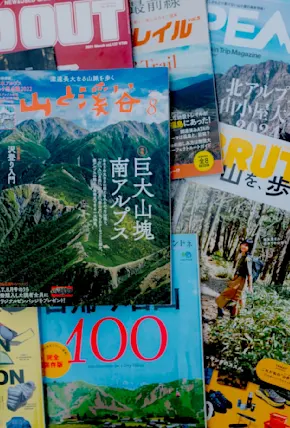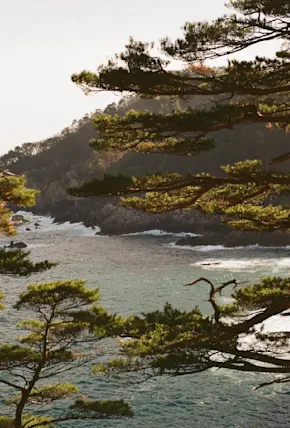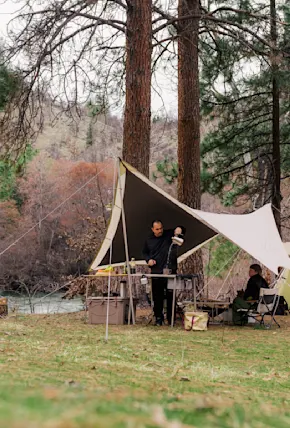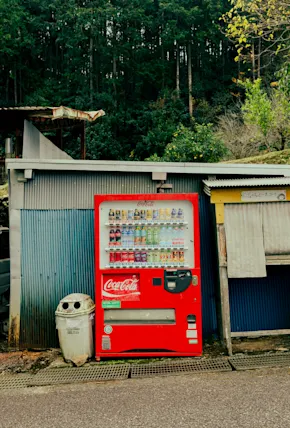In September 2024, I volunteered with the Kumonodaira Trail Club (KTC), a small and dedicated team committed to maintaining the trails around this remote region and fostering a community of passionate hikers. I spent a week with these creative and hardworking people building stone trails, restoring vegetation, laughing over drinks, and discussing the future of national parks in Japan.
In this report I’ll recount my experience working with the KTC, detail what I learned about the challenges facing mountain huts and national parks in Japan, and share some tips on how to reach some of the last undiscovered regions of the northern Japanese Alps.
What to Know about the Kumonodaira Mountain Hut
The Kumonodaira Mountain Hut, our base of operations, offers breathtaking views of the surrounding plateau. But the lodge itself, first built in 1961, is reason enough to make the trek. Rebuilt in 2010 using traditional Japanese carpentry techniques, it offers a respite unlike any other I’ve seen.
Inside, you can rest your feet, flip through a library of books about the area, and enjoy a meal prepared with fresh ingredients—all while listening to the impressive vinyl collection that was helicoptered in at the behest of the owner, Jiro Ito. It’s all in service of a creative and inspiring atmosphere, which Jiro told me is meant to distinguish Kumonodaira from scores of more utilitarian Japanese mountain huts.
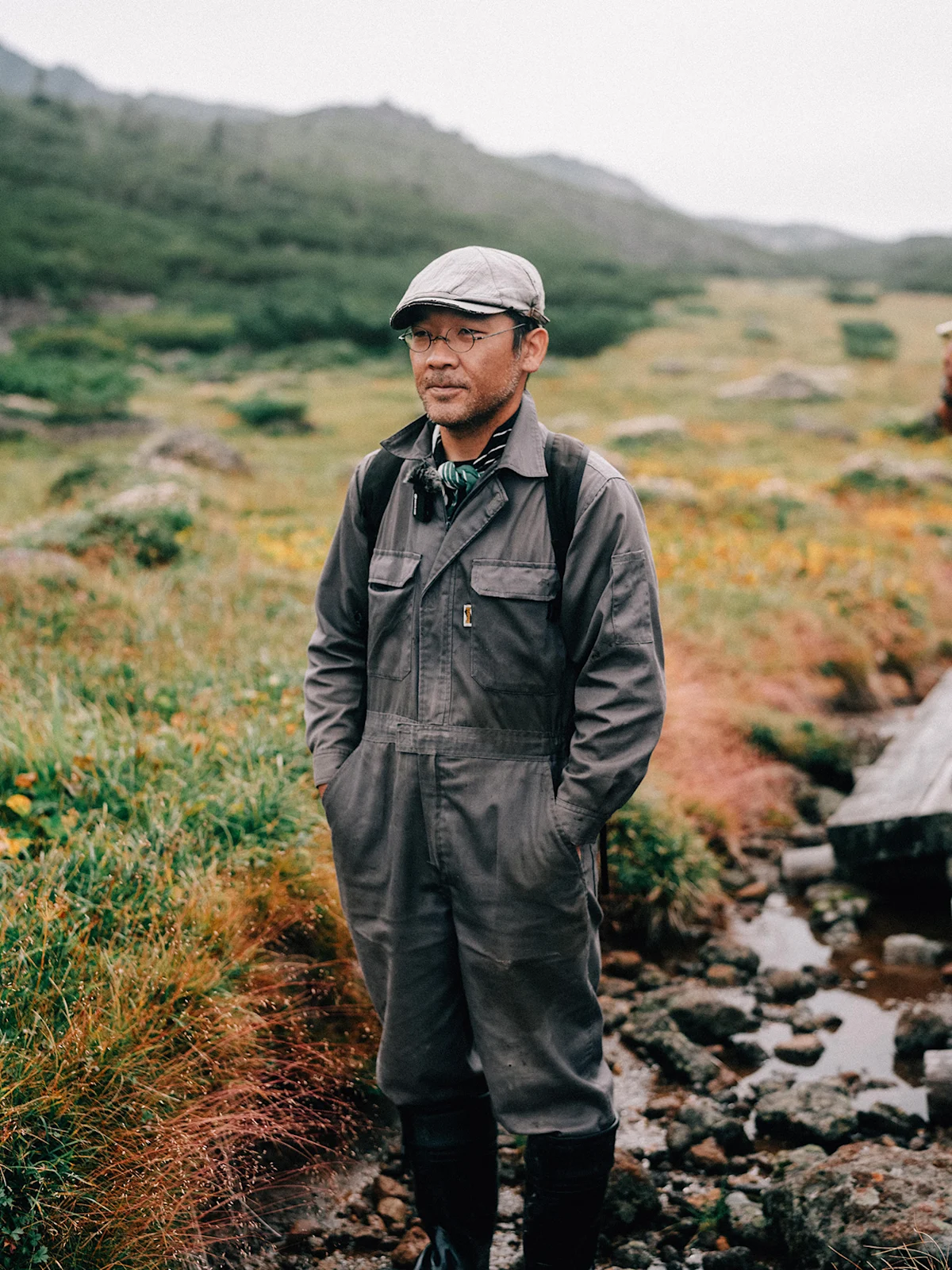
Jiro Ito, KTC founder and hut owner
Jiro, the mastermind behind the KTC, is the son of Shoichi Ito, the original owner of the mountain hut. Growing up, the younger Ito spent summers at the lodge and winters in Tokyo, a contrast that sparked his wide-ranging passions. These days, he’s just as comfortable talking about the importance of placing stones to create long-lasting mountain paths as the remarkable array of vintage Russian camera lenses he keeps at the hut. This creativity is what inspired Jiro to create the KTC, not only to maintain the trails around the Kumonodaira area, but also to build a community and shake up the relationship between hikers and mountain huts.
Japan’s National Parks and the Importance of Trail Clubs
Founded in 2021, the KTC is relatively new compared to trail programs in the U.S. Its goal is to not only maintain the trails around Kumonodaira but also to educate volunteers about the challenges facing Japan’s national parks.
The national park system in Japan was created in the 1930s, but the country didn’t establish a national park service to manage the new areas. Much of the ownership for these parks is fragmented among private citizens, state governments, and local townships, unlike as it is in counties like the U.S. This means that Japan’s Minisistry of Environment has limited influence over park sustainability, something Jiro has talked about extensively. To put this in perspective, while a singular park like Yellowstone National Park in the US has more than 300 employees, the Japanese Northern Alps only has five park rangers to cover the entire region. The responsibility of maintaining the trails falls on the network of mountain huts and any volunteer groups working with them.















